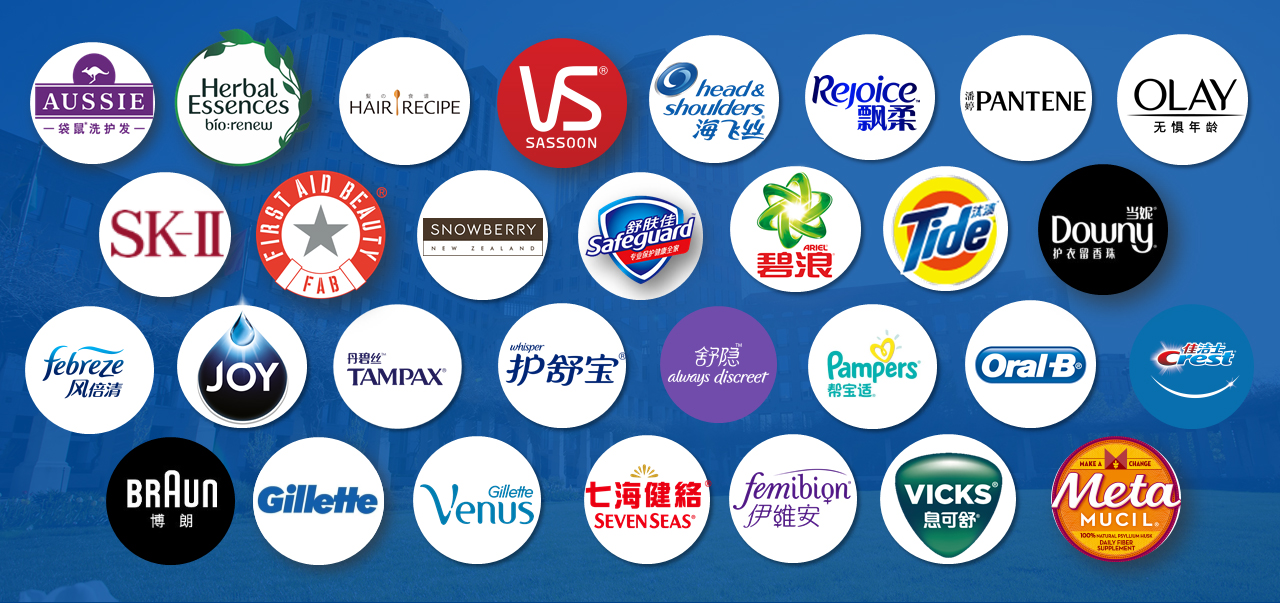esl
Customer Background
The integrated Electronic Shelf Label (ESL) and RFID solution primarily serves the following types of customers:
Large retail chains
Supermarkets and department stores
Electronics specialty stores
Pharmacy chains
Luxury goods retailers
These customers typically face challenges such as frequent price changes, high labor costs for label replacement, and inefficient inventory management.
Needs Analysis
Core Pain Points
1.Price management difficulties: Frequent promotional activities make manual label replacement time-consuming and labor-intensive
2.Inventory inaccuracies: Traditional inventory counting methods are inefficient with high error rates
3.Low staff productivity: Excessive time spent on repetitive tasks like price updates and stocktaking
4.Poor customer experience: Occasional price inconsistencies and out-of-stock situations
Technical Requirements
1.Wireless, real-time price update capability
2.Fast and accurate inventory counting functionality
3.Seamless integration with existing POS and ERP systems
4.High reliability and security requirements
Solution Description
System Architecture
1.Hardware Components:
Electronic Shelf Labels (ESL): Low-power e-ink displays supporting wireless updates
RFID Tags: UHF tags attached to products or packaging
Reader Devices: Fixed readers and handheld mobile terminals
Gateway Devices: Communication hubs between ESLs and backend systems
2.Software Platform:
Central management platform: Unified control of all ESL and RFID data
Price management module: Batch updates, scheduled price changes
Inventory management module: Real-time stock monitoring, automatic replenishment alerts
Analytics module: Sales data analysis, hot-selling product tracking
Core Features
1.Dynamic Price Management:
Remote one-click price updates across all stores
Scheduled automatic price change functionality
Price anomaly alerts
2.Smart Inventory Management:
Real-time inventory visualization
Automated stocktaking with 90%+ efficiency improvement
Out-of-stock alerts and automatic replenishment suggestions
3.Enhanced Customer Experience:
ESL displays promotional information and product QR codes
RFID-enabled smart shopping guidance
4.Loss Prevention:
Product movement tracking
Unauthorized movement alerts
Implementation Benefits
1.Operational Efficiency Gains:
95% improvement in price update efficiency
85% reduction in inventory counting time
30-50% labor cost reduction
2.Business Value:
Reduction in sales losses from pricing errors
Lower inventory overstock and out-of-stock rates
Improved customer satisfaction and sales performance
3.Technical Advantages:
Standard communication protocol support for easy integration
Modular design for flexible scalability
Encrypted data transmission ensuring system security
Implementation Process
1.Requirements assessment and solution customization
2.System deployment and hardware installation
3.System integration and data migration
4.Staff training and trial operation
5.Official launch and continuous optimization
This integrated ESL and RFID solution enables digital and intelligent transformation of retail stores, helping customers significantly improve operational efficiency and customer experience.



Validate your login